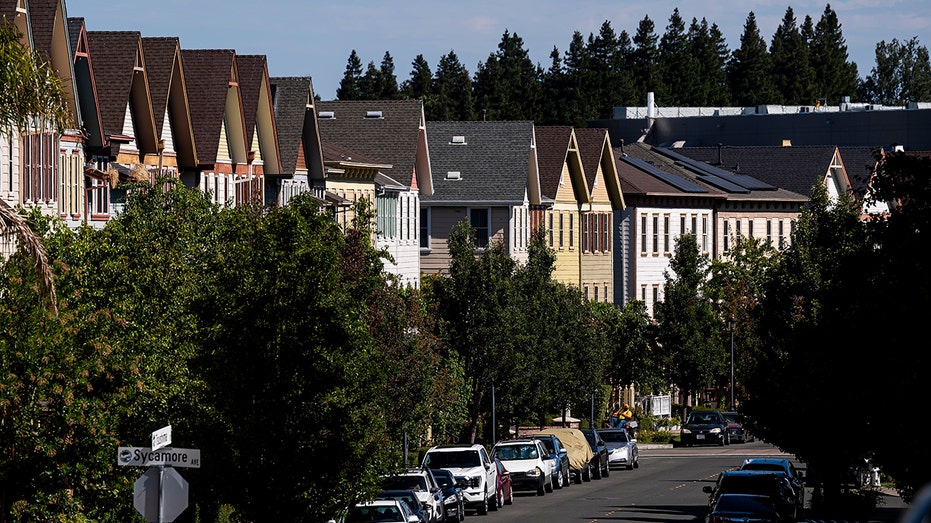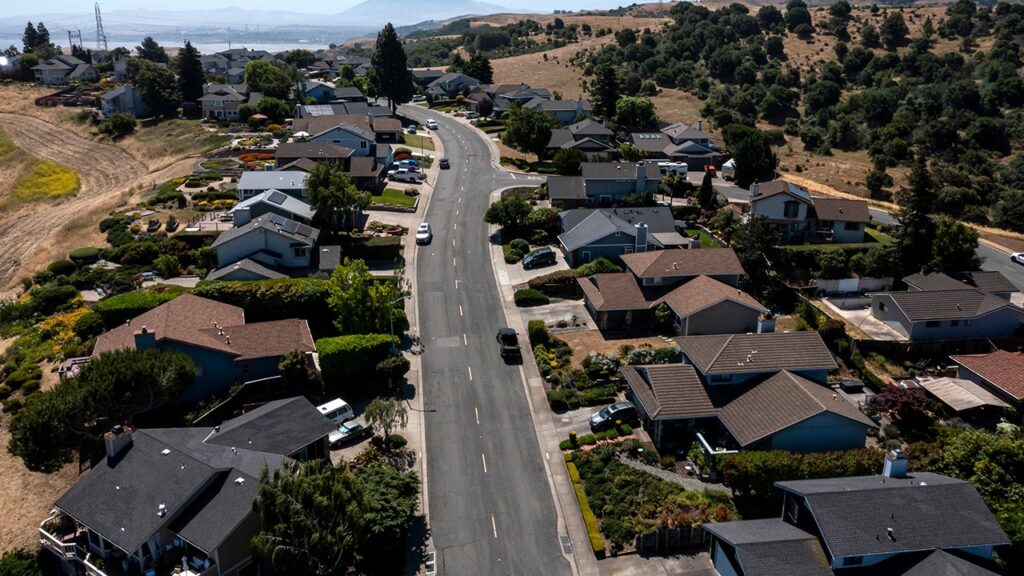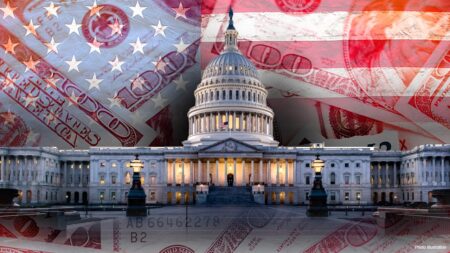The affordability crisis that has plagued the U.S. housing market for the last three years is unlikely to improve until at least 2026, according to new findings published by Bank of America.
“The U.S. housing market is stuck, and we are not convinced it will become unstuck anytime soon,” Bank of America economists Michael Gapen and Jeseo Park wrote in the Monday note.
They expect home prices to rise 4.5% this year, 5% in 2025 and 0.5% in 2026, before the pandemic’s effects on the market finally fade. Until then, the forces that have “reduced affordability, created a lock-in effect for homeowners and limited housing activity” will remain in place.
WHY CAN’T YOU FIND A HOME FOR SALE?
During the COVID-19 pandemic, home prices soared at a pace not seen since the 1970s. Homebuyers – flush with stimulus cash and eager for more space during the pandemic – took advantage of ultra-low mortgage rates and flocked to the suburbs.
Demand was so strong, and inventory so low, that at the height of the market some buyers waived home inspections and appraisals or paid hundreds of thousands over asking price.
The frenzy came to a halt when the Federal Reserve embarked on the most aggressive interest-rate hike campaign since the 1980s as it tried to slow the economy and crush runaway inflation. Higher interest rates helped to push the average rate on 30-year mortgages above 8% for the first time in years.
Those higher mortgage rates, in turn, created a created a “golden handcuff” effect in the housing market. Sellers who locked in a record-low mortgage rate of 3% or less during the pandemic began have been reluctant to sell, limiting supply further and leaving few options for eager would-be buyers.
MORTGAGE CALCULATOR: SEE HOW MUCH HIGHER RATES COULD COST YOU
The Bank of America strategists expect the lock-in effect will take at least six to eight years before it goes away, due to the significant gap between current mortgage rates and the rates that many homeowners already have.
“The wide gap between current mortgage rates and effective mortgage rates means most homeowners are unwilling to move unless forced,” the economists said. “Moreover we do not expect current mortgage rates to fall much even if the Fed cuts as we anticipate.”

Mortgage buyer Freddie Mac said Thursday that the average rate on a 30-year loan this week fell to 6.87% from 6.95%. While that is down from a peak of 7.79% in the fall, it remains sharply higher than the pandemic-era lows of just 3%.
High mortgage rates, combined with rising home prices, have caused affordability to plunge to the worst level in nearly decades, according to Bank of America.
In order for affordability to improve, there would likely need to be a recession, the bank said.
Read the full article here











